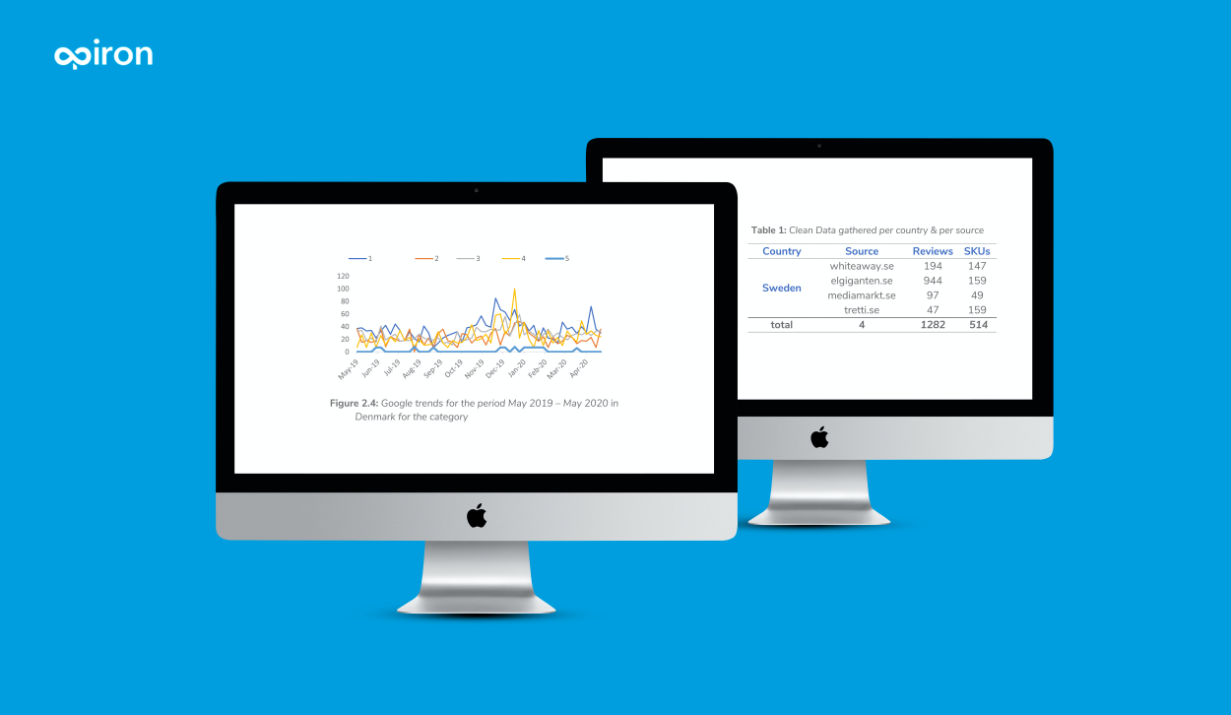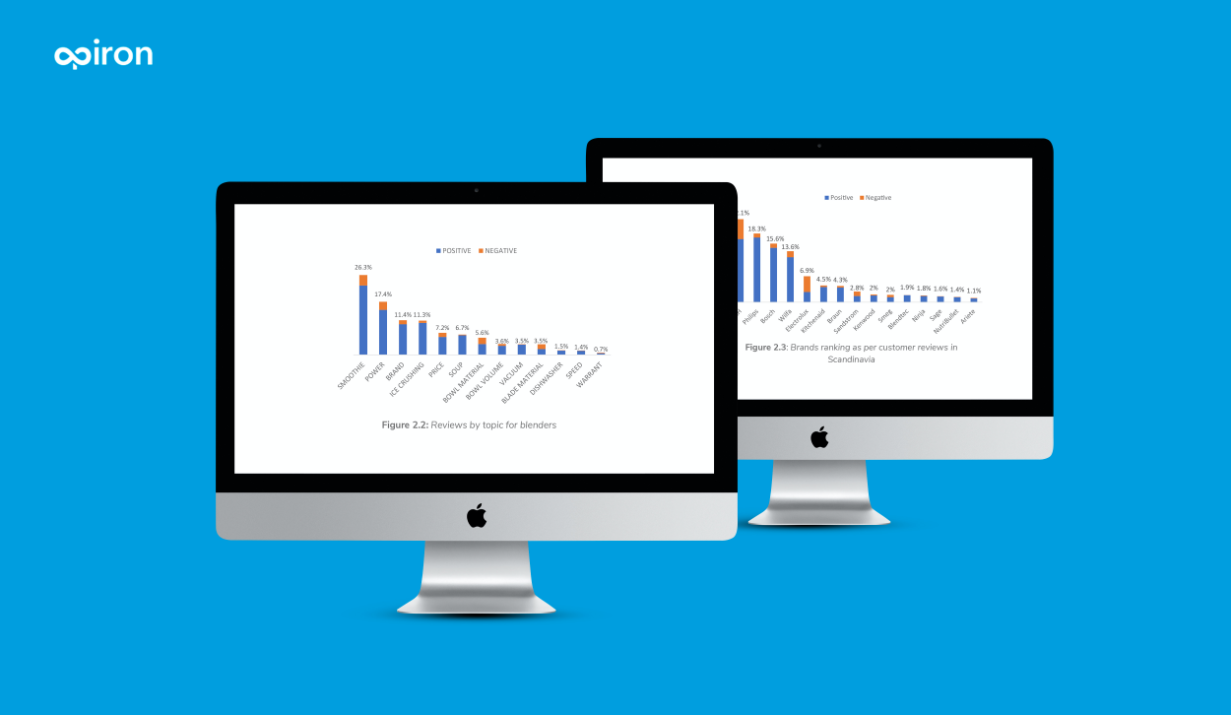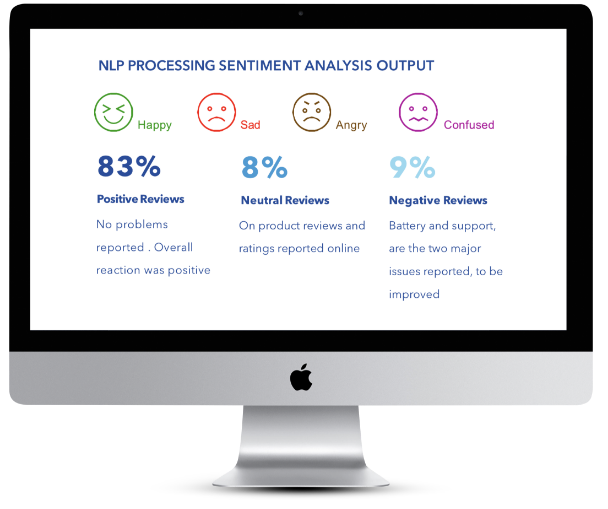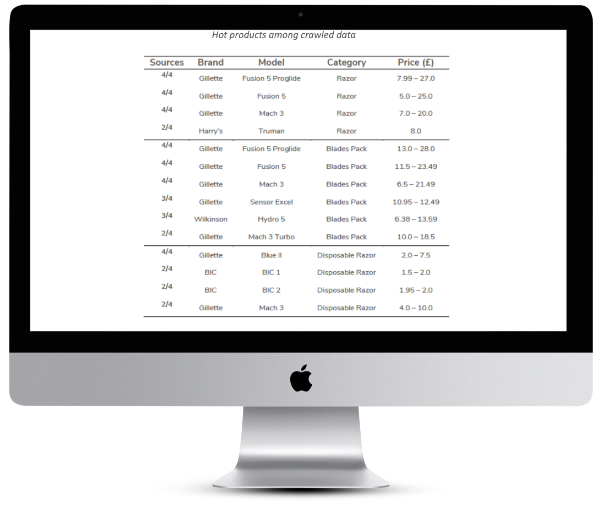Necessary cookies enable core functionality such as security, network management, and accessibility. You may disable these cookies by changing your browser settings, but it might affect our site functions.
NEW FMCG CASE Calliope

on the specifications that the customers were interested in.



• Getting insights of the competition
•Launching new price strategies and products
positive/negative customer insights.









